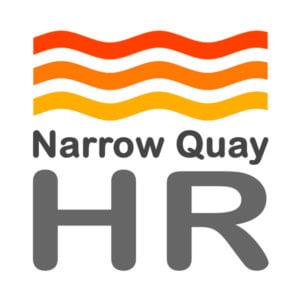It’s hard to remember a time before hybrid working. But as its usage has increased, so have some challenges. In this article we look at those challenges and consider how you can manage them within your own business.
The Current Picture in the UK
Recent data from the London Underground suggests that office attendance in the key London business districts has levelled off since November 2022. A Centre for Cities report stated that a hybrid working pattern is now most common in the capital, with the average office worker attending in person two days per week with three days worked remotely.
The report raises interesting questions regarding the loss of opportunities to collaborate in person, suggesting that the established economic benefits of ‘agglomeration’ which have been evidenced over the last century, are now on the decline. Although, given technological advances to accommodate remote collaboration in recent years, perhaps the impact is more nuanced than is being suggested.
Being co located with colleagues provides valuable opportunities for collaboration, learning and social interaction. But the pandemic has also demonstrated the value of remote working in fostering employee well-being, and work-life balance, without compromising on productivity.
Many employers continue to offer hybrid or remote-only working opportunities to attract and retain the best talent in a competitive recruitment landscape. Other academic research has evidenced the benefits of remote working to the wellbeing of employees, with the recent 4 day week study being a resounding success with 92% of those participating in the trial adopting the working pattern on an ongoing basis. Many employers who participated in the 4 day week study also offered hybrid or remote-only working opportunities and actually found a distinct increase in productivity.
Is Hybrid Working Right for Your Organisation?
It’s clear that the demand for flexible working is here to stay and that it can work. But it is equally important to recognize that there is no ‘one size fits all’ and organisations should review their own challenges before attempting to adopt any drastic changes to working practices.
As an employer, you might want to consider how you are measuring and monitoring the effectiveness of your current working practices.
- This could include metrics such as financial data, productivity data, sickness absence data, recruitment and retention metrics, employee wellbeing data etc.
- Seeking feedback from your employees informally on how it’s working for them through employee forums, surveys or via management.
- Reviewing your flexible working policy and how you promote this within your organisation.
Peter Cheese, Chief Executive of the CIPD, said in response to the four-day-week trial “[the pilot] has shown the potential organisations have to rewrite the rules on working norms across different roles and sectors… [to] create better balance of working lives for their people while maintaining business output and outcomes”.
Keeping Connected While Hybrid Working
Being truly connected to your team is not simply about being online. The real puzzle is how we can maintain the scope for collaboration when working remotely. A few things you can consider:
- Train your managers on how to engage, motivate and manage a remote team
Remember, the skillset required to manage a dispersed team is not the same as managing a face to face team. - Create a working environment where innovation is encouraged and nurtured
Depending on how you work, it may help to schedule some team thinking time. This could be during regular online meetings and/or during face to face development sessions. - Make face to face time count
If you are arranging face to face events that will require investment and travel, make them worthwhile! Seek input from the team on the design of the day and how you will measure its success. - Maximise the use of technology but don’t forget the importance of human connection!
One of the key criticisms of hybrid working is the lack of opportunity for human connection and socialising. You can weave in opportunities for social connection to your face to face events but we would also recommend making space for this remotely too. - Review and evolve
Schedule regular opportunities to revisit the way things are done. It should not be set in stone and the way you work should evolve with the needs of the organisation and the team.
Looking Ahead
The evidence certainly suggests that hybrid working patterns will remain an established way of working for the foreseeable, something that businesses need to consider when they are looking to the future and the development of their recruitment strategies. In a recent survey by Deloitte, 77% of Gen Z and 71% of millennials would consider looking for a new job if their employer asked them to go to their workplace full-time. Likewise existing staff have appreciated the benefits a more flexible approach can bring – whether that’s in reduced travel time, better balance of caring responsibilities. Engaging with staff and giving consideration as to what could really work within the workplace, will help businesses be in the best position to both attract new talent and retain and motivate current employees.

